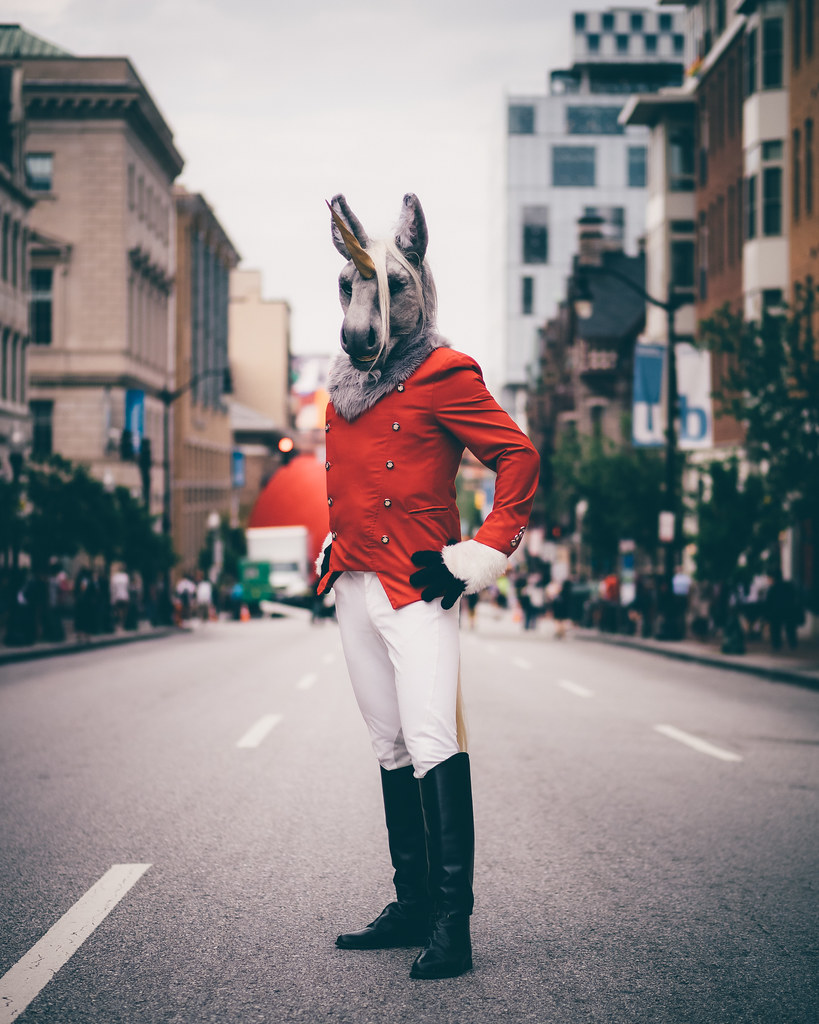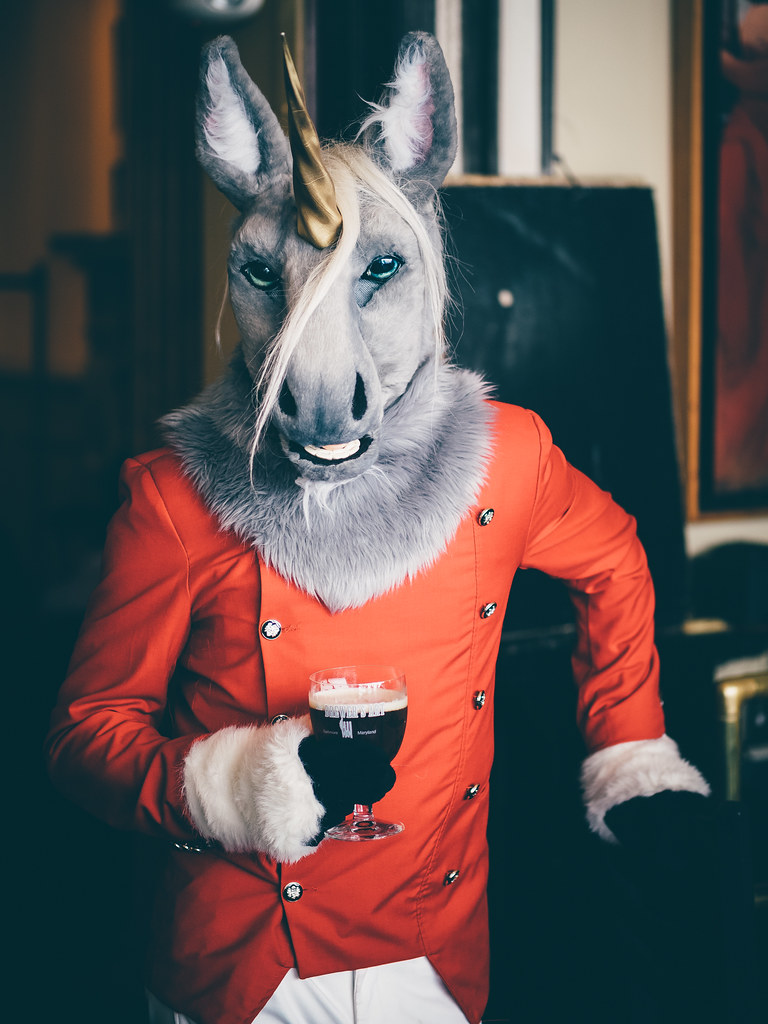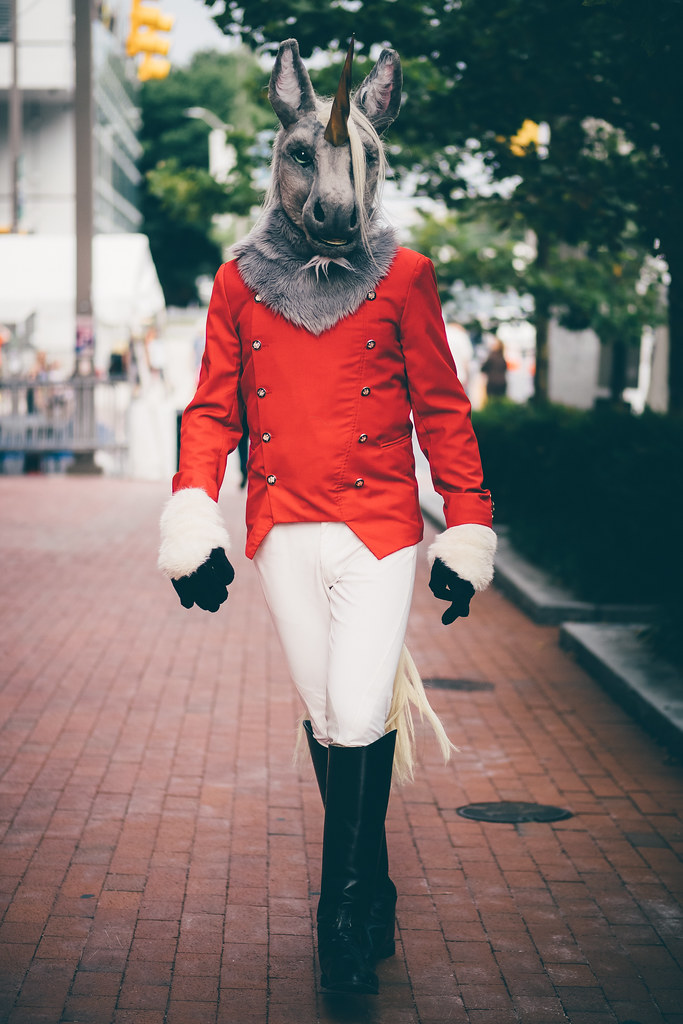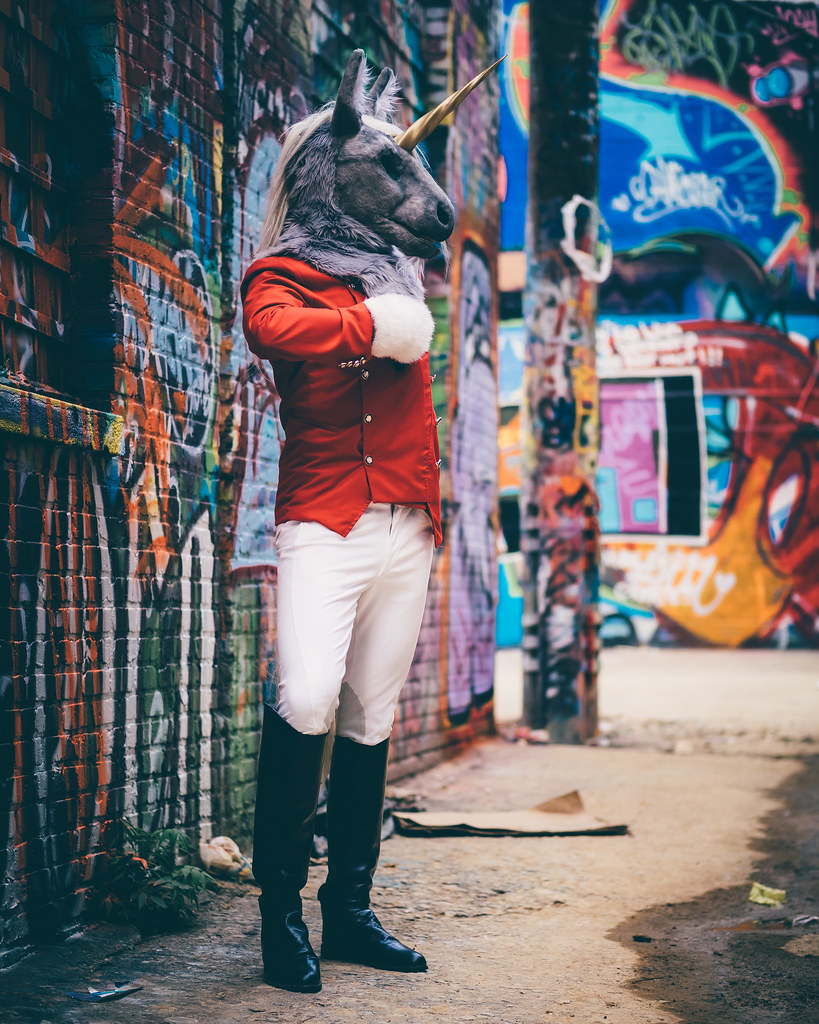First, a little backstory
It's nearly been a year since first acquiring the Olympus E-M1 paired with its quite fantastic kit 12-40mm f/2.8 PRO zoom, and it seems in general that this past year has been marked exclusively by similarly stellar PRO badged zoom offerings. All of which are great optics, and extremely useful and even gorgeous in rendering of scenes, so please don't allow my ensuing love affair with the abstract magic of an off-brand (not really off-brand, just not Olympus brand) prime lens suggest disdain toward those remarkable zooms.You see, prior to those PRO zoom offerings, I was exclusively a prime lens shooter for years, ever since 2008 when I picked up the Nikkor 35mm f/1.8 G DX lens for my old workhorse Nikon D40X. It only ever took that one lens to set me on the elitist track of prime optics fanboyish-ness, and since then my kit had always been an assemblage of ~f/1.8 lenses at fixed focal lengths between 12mm and 45mm, at least until August of 2014. Once the strengths of Olympus' line of PRO zooms sank their teeth into me, I made it a goal to relearn how to shoot with zooms (a lot harder than one might realize after spending years refining skills in fixed focal lengths). For purposes of photography-for-work, it was a critical skill to refine given the fluidity of working photographic endeavors. But the last 2 weekends hadn't seen a tremendous amount of photography-for-work. Instead, it was all road trips and casual outings and the remarkably fun time I seemed to have lost sight of somewhere down the road in becoming a photographer-for-hire with good business sense. And very quickly I yearned for the refining limitations of a strong prime lens, a tool to slow me down and consider the scene prior to snapping a single frame.
I frequently run with the M. Zuiko 17mm f/1.8 on the E-M1, easily one of my favorite prime optics for the vast majority of situations. The backup PEN E-P3 typically keeps an M. Zuiko 45mm f/1.8 on it at all times when a greater sense of subject isolation is called for. These primes have been in my kits for years, and like all things that become regular staples to one's routines, they are a little stale to my eyes. Rob, my friend and regular counterpart in photography excursions, picked up the Voigtlander 17.5mm f/0.95 a couple months back, and seeing his results with that lens never fails to impress me. With his keen sense of composition, the kind of soft and smooth falloff of focus and sense of subject isolation have me salivating every time I see a new image hit his gallery. It was that kind of subject isolation I really wanted translated in my images, and with the limitations due to sensor size of the Micro Four Thirds format I knew it would never come without investment in some ridiculously fast glass like the Voigtlander series of f/0.95 optics.
Or... a rather quietly heralded optic from the other side of the MFT fence, in the Panasonic realm. I remembered much excitement over the Panasonic Leica 42.5mm f/1.2 DG Nocticron, nearly as much as I remember the legions bemoaning a poor value proposition from the cost:benefit standpoint. Indeed, while reviewing the lens through the experiential retellings of Tyson Robichaud and Steve Huff, the lens was the stuff of dreams ever outside the reach of the hobbyist or amateur for sake of price, especially for a prime (at least when the value prime propositions in the MFT field are so dauntingly numerous).
My situation today is very different from even a year ago. Once upon a time I fit into that hobbyist amateur category, and such belligerent notions as dumping $1600 into a lens... I couldn't have done it if I wanted to. Very quickly in the last year I seem to have crossed a threshold in the business sense, wherein one finds himself unexpectedly making too much money and faces tremendous consequences come tax time should he not be able to spend it fast enough to compensate. Most people say it's a good problem to have, but it's certainly a weird one in which conventional thinking and approaches to business budgeting become encumbering anxieties.
The point of divulging this bit of detail is to explain the frame of mind necessary for me to personally justify the expense required to attain this lens. For the MFT format it is extraordinarily expensive, and acquisition of new equipment always pairs with perceived risks regarding whether or not the new gear will satisfy the needs for which it was acquired. This lens would have never entered the scope of reason were it not for the fact that I am looking for places to invest my photography earnings. What I am coming to learn, however, is that once one has matured a taste for a style of image, adhering to the tenets of value propositions is absolutely foolish, and an unnecessary setback to the realization of potential. I let this lens pass right through my field of awareness when I saw a price tag I considered too high. I should have had a pre-order in the second it was announced.
Now onto a review-by-experience of the lens
This weekend, Baltimore held its annual Artscape Festival, famed for being the largest free arts festival in the United States with some 350,000 attendees to peruse and purchase the works of local artists and enjoy the concert-like festivities held across several city blocks. As long as I've lived local to Baltimore, I'd never attended the festival despite always having interest in indulging Baltimore's unique affinity for the arts, especially of the fringe, generally weird variety. A friend and enthusiastic performance artist expressed interest in a bit of costuming at the event Friday evening, and requested I join his troupe to photograph both his character and candid reactions of people on his parade through the entirety of the venue. I was more than happy to oblige, and the opportunity to put the Panasonic Leica DG 42.5mm f/1.2 to appropriate test encouraged a fiendish overnighting of the optic to my address by Friday morning.
The inevitable first impression of the lens is of size and weight. The thing is simply massive for the format, very wide and with a large front element that makes me thrilled to have a lens hood to put over it for protection. Assembled with the hood and on the E-M1 with vertical grip, it looks like it should fire some sort of projectile ordinance, which may be inconsequential and extremely shallow a judgment of appearance but it's no doubt empowering to the brain of the typical American male. Burdened with so much glass and encased in sturdy metal housing, it all but pulls the camera body to the ground, clearly eclipsing the body, even with vertical grip and extra battery, in weight. Thus it is slightly less balanced in use, but nothing unresolved by supporting the lens where the hood affixes to the chassis. Suffice to say, it is as formidable an optic on the E-M1 as the M. Zuiko 40-150mm f/2.8 PRO zoom, only condensed as if the zoom were squished down into a tighter barrel of glass and gears.
An oddity that is perhaps only odd for sake of never having noticed it before is the sound of the aperture clicking furiously when the camera is to set to P-Auto. It's been a force of habit in using the PRO zooms over the last year to stick with P-Auto and simply turn the dial to open the lens aperture if so desired for any given shot. On the zooms and even the tiny M. Zuiko primes I never noticed the sound of the iris blades switching between different positions as the camera automatically adjust for exposure in the scene before it, but even in the hustle and bustle of a restaurant I can hear the aperture blades stopping down and stepping up furiously as the lens is pointed randomly toward different intensities of light and contrast. For the first time in some years, I'm using Aperture-Priority mode once again to assuage the noise, which makes plenty of sense given my primary motivators for acquiring the lens were for the speed of f/1.2 and subject isolation potential of such a bright aperture.
We agreed to meet at The Brewer's Art, a very cool locale on Charles Street just a couple blocks south of the greater Artscape festivities. Given my friend's need for discretion in his transfer into costume, he picked quite literally the darkest spot in the dim-by-intent basement bar, a little booth lit strictly by a pair of candles on the table, surrounded on three sides by walls with no windows. Of course we ate, and being famed for its selection of local brews we would have been considered rude for not sampling at least one beer.
With a tacit measure of guilt, I enjoy photographing food and drink when out with friends. Traditionally I use the wide M. Zuiko 17mm f/1.8 with its comfortable close focusing distances. Friday I made it a point to strictly bring the Nocticron and no other lenses to forcibly learn the nuances of its use and optimal function (no better way to learn a lens than slam your head into a brick wall trying to make it do the things it wasn't designed to do). Photographing the beer at Brewer's Art, I was sad to find the minimum focusing distance of the lens less than friendly for close-up snaps. Not that it would ever be reasonable to expect an 85mm equivalent focal length to make sense let alone functional well for photographing food or drink right in front of you on a table, but I suppose I was secretly hoping for a bit more macro focus than the M. Zuiko 45mm f/1.8. In practice, both lenses appear to have about the same minimum focusing distance. But really, that's just fine.
The snap above (SOOC JPEG) was lit by a candle and the soft glow of my cell phone's screen from behind. At f/1.2, ISO went up to 3200 to keep the shutter speed at a comfortable 1/100". Were I to step back and take this snap again, I feel confident I could've dropped the shutter speed to 1/30" to pull back the ISO, but it's rather stellar that this kind of exposure works out regardless given the abysmal lighting conditions. Using the 17mm f/1.8 in similar circumstances, ISO tops out at 5000 and never goes down, more often than not underexposing on account of the arbitrary ISO cap (something I set up in the E-M1 to avoid extension mode ISO values). Even if only 2/3 faster by light transmission (T-Stops), f/1.2 is absolutely worth the investment. I'd love to see a 17mm f/1.2 DG Nocticron, if not something from Olympus as has been rumored to be in the works.
Properly stuffed and adequately imbibed, it was time to join in the spirit of Baltimore's overarching shenanigans amid the Artscape scene. I patiently stood guard at the head of the table while my friend switched from his less "loud" personage into intended attire; tall boots and a bright red overcoat, capped off with a remarkably detailed and intricately constructed horse's head mask, matched by similarly constructed hand pieces and a classic (and literal) pony tail. The Horse Jockey, exuding both the class and absurdity that defines much of Baltimore's art scene.
It wasn't enough to simply wander right out into the street. Staff at The Brewer's Art had seen plenty of interesting things pass by their doors in the few hours festivities had been ongoing, now they had a spectacle inside their walls. Equus, the chosen name for the unicorn-horse-jockey character, approached the upstairs bar with a measured cadence to his stride, leaned over the counter and politely requested the bartender's draft of choice.
In better (but still not great) light and remaining at f/1.2, this first actual snap with the lens left me quietly thrilled. Zones of light that would normally call for ISO 3200 with an f/1.8 prime are more than content at ISO 400 at f/1.2 (as the E-M1 sees fit to meter the scene and adjust settings compared to the M. Zuiko 17mm f/1.8), and the sharpness, even this wide open, is dumbfounding. By comparison, and the larger basis of my rationale for acquiring the Nocticron as opposed to a Nokton, Voigtlander ultra-fast primes are markedly soft when opened up to their f/0.95 majesty. Plenty applicable for wedding photography wherein a soft look is part of the appeal, but being more inclined to introduce grit and haze in the post-process, I want crisp edges and clearly defined texture, a clarity not even fabled full frame f/1.2 "dream lenses" from Nikon and Canon provide. For all the compromises of Micro Four Thirds as a format, I am thrilled to concede on many fronts for sake of the wonders of optical engineering possible for their sake.
Wandering into the streets, we made our way north toward the music and crowds of Artscape proper. Keeping a haughty stride and demeanor about himself, Equus commanded the attention of onlookers already taken aback by the very Burning Man-esque atmosphere of the festival.
Having never been to Artscape before, it was certainly a neat thing to see for my part. Block after block of vendors dealing in their respective mediums spanned what felt like miles of territory. Leatherworkers sold elaborately decorated and hand-stitched bags, photographers and painters alike sold smartly packaged multi-piece series of work which, when fully assembled as a purchased set, created amazing panoramic overarching pieces of art that would fill a wall's worth of space. Stages set up at the farthest reaches of each block featured different musical artists indulging their art with high energy, exciting their respective crowds. Possibly my favorite setup was Bit Gen, a video game-themed exhibition replete with ornate 8-bit-style decor, antique arcade cabinets beside game developer showcases, and a center stage featuring the appropriately dorky rhymes of local Nerdcore artists (for the uninitiated, rap-for-nerds).
A spectacular experience, an ideal expression of the inarguable weirdness that defines Baltimore. For all the negativity that defined its narrative as a broken and inexcusably corrupt hellhole, it was a joy to step into a crowd with mutual respect and understanding for the awkward struggle the city has always had in establishing its own identity, portrayed in fantastic fashion by the seemingly random showcase of traditional/modern/contemporary arts crammed into a music festival venue. All the while, absorbing the chaos of it with an ear to ear smile, here I was walking around with a unicorn-man in a jockey's coat in 90-degree weather being overrun by festival goers eager for that ever elusive unicorn-selfie.
All above images are SOOC JPEG copies, processed from RAW in-camera, transferred to my phone, backed up to the cloud automatically via Google Drive and now ultimately present here. Many steps of compression from start to finish, but it was important to me at the time of this very unique photo walk to upload captures immediately to the likes of Twitter and Instagram. I speak on the prevalence of the mobile image nearly as much as I disparage the transience of the image such a voraciously consumptive culture encourages, but today I am resigned from that battle and choose instead to embrace that culture openly (and am admittedly already happier for it).
Focus with the Nocticron is just as fast as I've come to expect from Micro Four Thirds glass, snappy with minimal hunting in good light and smart enough to average out the faces in the frame to lock focus at the happy medium. Despite the quick falloff of focus inherent to the f/1.2 aperture, the distance between photographer and subject required by the 42.5mm (85mm equiv.) focal length reasonably well diminishes issue with the effect (this despite the fact that, with a single subject, focus will readily fall off at the ears). I did not buy this optic for the purposes of what is essentially snap shooting, but it held up as well as it ought to in such practice. Such shots as above are just as easily served by much more accessible optics such as the M. Zuiko 45mm f/1.8 or Panasonic's recent 42.5mm f/1.7 release, but I was happy to know the size and weight of the focusing elements of the lens did not cause any sort of lag in autofocus that would otherwise relegate it to staged portrait work.
Not unexpectedly, the crowds became a bit overwhelming for Equus, and we made a subtle retreat from the bustling evening scene of Artscape toward a more private venue for sake of my request to test the new lens' capacity to produce the sort of photos for which one purchases such fast glass. Artscape occupied the blocks just south of Baltimore's iconic Graffiti Alley off North Avenue, thus it seemed an obvious and ideal locale toward which to wander.
For some time I've considered picking up a full frame body to attain the sort of subject isolation that always seems so out-of-reach for the Micro Four Thirds format. Physics only bends so much, and optical engineering will never become a cheap process capable of magically high-grade assemblies producing amazing sharpness at f/0.7 to recreate the sort of shallow depth of field possible with full frame f/1.4 optics. That in mind, however, I admittedly suffer from grass-is-greener mentality because I have never used such high speed optics on full frame, and from all accounts that I trudge up from my peers in photography seem to return to the same point - to make those lenses reliable in practice, you're stopping down a bit.
The "look" of wide open aperture on such fast full frame glass is intoxicating, but I am even willing to compromise in the matter for my own purposes to attain the sort of focus falloff of those optics at f/2.8. And that's essentially what I get with the Nocticron, and it excites me tremendously. Despite their light capturing ability, even the short telephoto M. Zuiko 45mm f/1.8 prime left images looking just on the borderline of flat and genuinely 3-dimensional. The Panasonic Leica 42.5mm f/1.2 DG Nocticron, however, is right where my arbitrary sweet spot is in regards to width of the focal plane. It's a kinda of super subtle nuance to how it renders images, the difference being so imperceptibly tiny that only after 4 years of photographing under the limitations of f/1.8 on the format would it ever be noticed. I notice it, and could never be more thrilled to see one more barrier, one more glass ceiling, broken from the repertoire of "looks" of which I am capable on the Micro Four Thirds format.
I mentioned before the alienating impact of the steep price point at which the lens resides. The Nocticron is, to the uninitiated, an absolutely abysmal cost:benefit proposition from the very concrete and quantifiable metrics to which the engineering minded of the photography community are so steadfastly committed. From the viewpoint of the artist (of which I am adamant that there is an artist tucked somewhere deep in all of us), it is absolutely valuated right where it should be. Like luxury cars and high-end audio equipment, the differences on paper are minimal and arguably inconsequential, but the refinements for which one purchases a good at this luxury price point are such wonderful subtleties to those who are weathered initiates of their art.
Thus I could not discourage the casual photographer more from the purchase of this lens, nor the hobbyist, nor the engineer, nor the rich world traveler. This is a tool for the artist with a very clear and specific preconceived vision for the kind of image to be created. A tool of specific intent, and absolutely not an experiment or impulse buy.
That said, I suspect I will very soon hunger for similarly nuanced falloff in the 17mm (35mm equiv.) focal length very soon. Quite possibly the next time I dare to take the Nocticron off the E-M1 on personal excursions, which I find... remarkably unlikely for some time.
By sundown we were exhausted from the marathon march through the heat, opting to close out our evening like old men and turn in before the nightlife crowd surfaced through the concrete and asphalt. It was a great experience at the festival, a great time chaperoning an eager and outgoing performer. So great in fact I stopped by the next day, albeit with less fanfare and less deliberate aim, simply to people watch and ingest the art around me in all its variety and (sometimes) weirdness.
I think I'll go again next year.























No comments:
Post a Comment